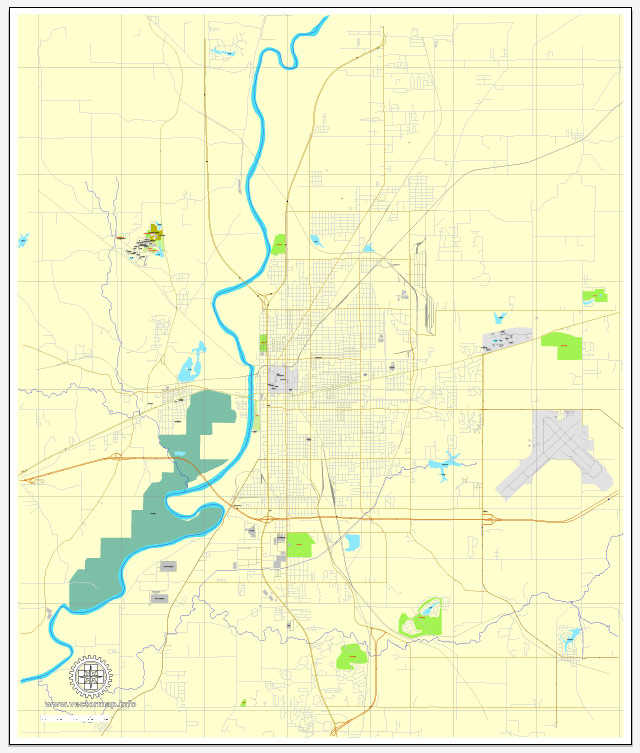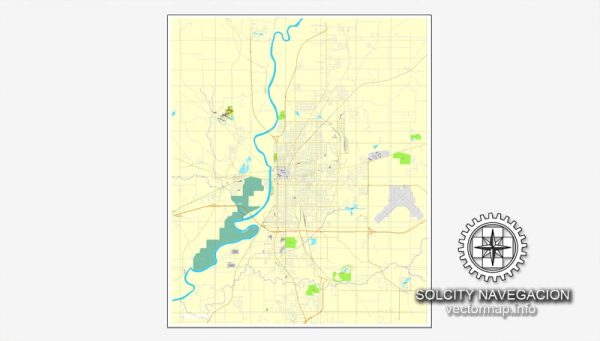Terre Haute, Indiana, is a city located in the western part of the state. Here’s a general description of some of Terre Haute’s neighborhoods and districts:
- Downtown Terre Haute: This area is the heart of the city and features a mix of historic and modern buildings. You’ll find shops, restaurants, and cultural institutions like the Swope Art Museum and the Vigo County Public Library. Downtown is also home to Indiana State University, giving it a lively and academic atmosphere.
- Farrington’s Grove: Located just south of downtown, this neighborhood is known for its beautiful historic homes and tree-lined streets. It has a distinct charm and is a popular residential area for those who appreciate historic architecture.
- Collett Park: This neighborhood is situated around the picturesque Collett Park, known for its green spaces, walking paths, and a playground. It’s a family-friendly area with a mix of housing options.
- Deming Park: To the east of downtown, Deming Park is another green and family-friendly neighborhood. Deming Park itself is a popular spot for picnics and outdoor activities. The neighborhood has a mix of housing types and is known for its community feel.
- North Terre Haute: This area is located north of the Wabash River and is mainly residential. It features a mix of housing, including single-family homes and apartments. It’s a quieter part of the city, with some schools and parks.
- Hulman Street and Southgate: South of downtown, you’ll find the Hulman Street and Southgate area, which is home to the Hulman Center, where various events and shows are held. There are also shopping centers and restaurants in this district.
- Honey Creek Mall Area: Located on the west side of Terre Haute, this district is known for the Honey Creek Mall, a major shopping destination in the city. The area around the mall has various retail stores, restaurants, and entertainment options.
- Riley: This neighborhood is located in the southwestern part of the city and is primarily residential. It’s a quieter area with schools, parks, and recreational opportunities.
It’s worth noting that Terre Haute, like many cities, may have additional smaller neighborhoods and districts with their own unique characteristics. To get the most up-to-date information and a better understanding of each neighborhood, it’s a good idea to consult local resources, real estate websites, or visit the city in person to explore the various areas. Additionally, talking to local residents can provide valuable insights into the unique qualities of each neighborhood.



 Author: Kirill Shrayber, Ph.D.
Author: Kirill Shrayber, Ph.D.